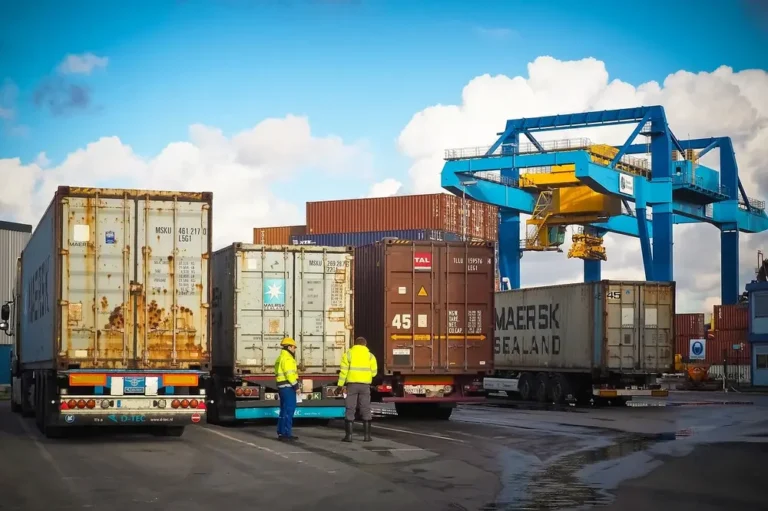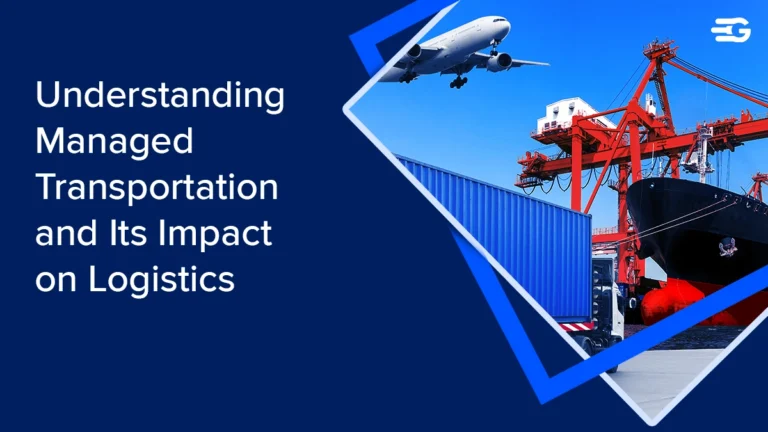Mastering the Art of Freight Costs Reduction Without Sacrificing Efficiency
Freight costs can drain your bottom line, but they don’t have to. For many businesses, reducing shipping expenses feels like a balancing act; cutting costs without sacrificing service or speed. But what if you could slash those expenses while actually improving your operations? This blog will show you how to take control of your freight costs with 15 practical, actionable strategies that lead to freight cost savings without compromise. Ready to master freight cost reduction? Let’s dive in!
Understanding Freight Costs
Freight costs include every expense associated with moving goods from one location to another. From transportation to handling, these costs can quickly add up. To reduce expenses, it’s crucial for businesses to understand how these costs break down.
Key components of freight costs are:
- Transportation rates: Determined by factors like distance, weight, and shipping mode.
- Fuel surcharges: Additional fees that reflect fluctuating fuel prices.
- Accessorial charges: Extra costs for services such as loading, unloading, and waiting time.
- Packaging costs: Expenses related to packaging materials and labor.
Each of these factors contributes to the final shipping bill. By closely analyzing and controlling these elements, businesses can cut freight costs without disrupting operations.
Top 15 Efficient and Effective Freight Cost Reduction Strategies
Now that we understand the components of freight costs, let’s look at some proven strategies for reducing them without sacrificing efficiency. These methods have worked for many businesses and can be easily adapted to your operations.
1. Contract Steady Lane Volumes
One of the easiest ways to reduce freight costs is by committing to steady lane volumes with your carriers. This means agreeing to consistent, predictable shipments over a long period. By doing so, carriers are more likely to offer discounted rates.
We’ve seen companies negotiate much lower rates simply by offering to ship regularly on specific routes. The predictability benefits the carrier, and the savings flow directly to you.
2. Leverage Carrier Relationships
Strong relationships with your carriers can lead to better rate negotiations. Rather than constantly switching between providers, build long-term partnerships. When carriers understand your shipping needs, they are more likely to offer customized, cost-effective shipping solutions.
Personally, we’ve seen how a carrier relationship can translate into lower prices and better service. Just make sure to regularly review your agreements to ensure you are getting the best deal.
3. Utilize a Transportation Management System (TMS)
A Transportation Management System (TMS) is a tool that automates the process of planning, executing, and optimizing freight. TMS solutions can help you select the most cost-effective routes, carriers, and shipment methods. They also allow for real-time tracking, helping to avoid delays and improve overall efficiency.
We’ve worked with companies that saw immediate savings after implementing a TMS. It not only simplified the process but also offered data-driven insights that led to smarter decisions.
Also Read: 13 Best TMS Software in 2024
4. Consolidate Shipments
Consolidating smaller shipments into larger ones can significantly cut costs. By combining shipments, you maximize truck capacity and reduce per-unit shipping costs. It’s particularly useful when you’re shipping less-than-truckload (LTL) freight.
In my experience, consolidation often results in up to 30% savings for businesses with multiple shipments to the same destination. It’s worth considering if your company regularly ships smaller loads.
5. Implement Freight Audits and Payment Solutions
Freight audits are an essential part of freight cost management. Regularly auditing freight invoices helps identify billing errors and overcharges. Implementing an automated freight audit and payment solution can save a lot of time and money.
A past client of ours saved 20% on their annual freight spend simply by auditing their invoices regularly with our Freight Bill Audit Software and Invoice Matching System. Mistakes happen, but a good audit system catches them before they add up.
6. Optimize Shipping Routes
Efficient route optimization can save your company both time and money. By using software tools or working with experts to plan the shortest or most efficient routes, you can avoid unnecessary miles and reduce fuel costs.
We’ve seen companies reduce their transportation costs by 15-20% just by optimizing their shipping routes. Even small improvements in route planning can lead to big savings.
7. Ship During Off-Peak Times
Shipping during off-peak times can significantly lower freight costs. Many carriers charge higher rates during peak seasons or busy times of the week. By adjusting your shipping schedule to avoid these periods, you can take advantage of lower rates.
We’ve worked with businesses that save money simply by moving their shipments to less busy days or times. The savings might not seem huge at first, but they add up quickly.
8. Smarter Packaging
Smarter packaging involves using the right materials and techniques to reduce the space your shipments occupy. Properly packaged goods minimize the number of trucks or containers needed, lowering shipping costs.
I recall a client who switched to smaller, more efficient packaging. They cut their shipping costs by 25% in the first quarter after the change. Packaging is often overlooked, but it can have a big impact.
9. Explore Multi-Modal Transportation
Combining different modes of transportation, such as road, rail, and sea, can often lead to cost savings. Multi-modal shipping allows you to choose the best mode for each part of your shipment, optimizing efficiency and cost.
Many companies reduce costs by using rail for long hauls and trucks for the final delivery. The right combination can be a game-changer.
10. Automate Freight Rate Procurement
Automating freight rate procurement with digital platforms helps you quickly compare rates from multiple carriers. This ensures you get the best deal in real-time, without manually contacting each carrier.
We’ve worked with a client that implemented our automated rate procurement system. They reported a 15% reduction in costs within the first six months.
11. Increase Lead Times
Allowing more time for shipments can lower costs. Increasing lead times gives you more flexibility in selecting carriers and shipping methods, leading to lower overall costs.
We’ve noticed that companies with flexible delivery windows save money because they can take advantage of cheaper, less urgent services.
12. Outsource Transportation Management
Outsourcing your transportation management to a third-party logistics provider (3PL) can help reduce costs. A 3PL has the experience and resources to streamline operations, negotiate better rates, and optimize your supply chain.
We’ve seen businesses cut 30-40% of their transportation costs by outsourcing to the right 3PL provider.
13. Negotiate with Carriers
It’s essential to regularly negotiate with carriers. Don’t accept the first rate offered. With consistent volume and a good understanding of the market, you can often secure better pricing and more favorable terms.
We’ve personally witnessed how a few strategic negotiations resulted in 10-15% lower rates for clients, simply by leveraging their volume and market conditions.
14. Use a Digital Freight Booking Platform
A digital freight booking platform allows businesses to book shipments instantly and compare rates. These platforms provide real-time pricing, which can lead to better cost decisions and reduce administrative overhead.
I remember working with a company that switched to a digital platform. It saved them several thousand dollars a month by securing better rates and simplifying the booking process.
15. Regular Continuous Improvement
Freight cost management is an ongoing process. Regular reviews and improvements to your processes, systems, and relationships with carriers can result in logistics cost reduction and long-term savings.
We’ve seen companies reduce their freight costs year after year simply by keeping track of what’s working and what needs adjustment. Continuously improving ensures that you don’t miss new opportunities to save.
Conclusion
Reducing freight costs doesn’t have to mean sacrificing efficiency. By implementing the strategies outlined above, you can drive down your freight spending without compromising service or quality. Start by assessing your current operations, then apply the strategies that make the most sense for your business.To make the most of these cost-reduction strategies, consider using technology, negotiating with carriers, and continuously improving your processes. Freight cost reduction is an ongoing effort, but with the right strategies in place, savings will follow.






